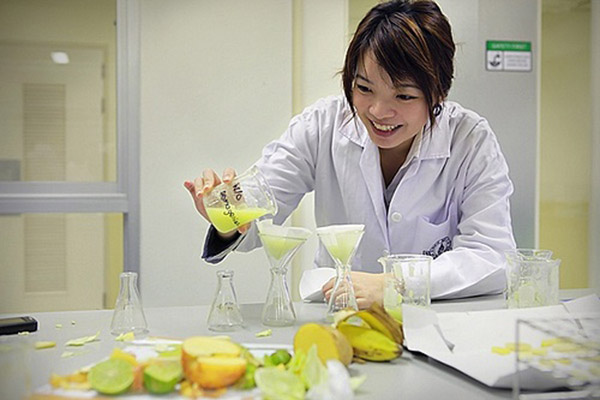

In Food Science the Gender Pay Gap is Narrowing
For women working in the science of food, times are changing.
According to the 2017 IFT Employment and Salary Survey, younger women in the profession have achieved salary parity with men—something that has eluded women over 40. For men and women in their 20s, median food science salaries are equal at $60,000, and for women in their 30s, there is a modest salary gap of 6%. But women in their 40s, 50s, and 60s typically experience a gender salary gap that ranges between 13% and 15%.
This move toward salary parity is reflective of a larger movement that’s been picking up steam in industries across the U.S. And women in the workplace are noticing the trend, with nearly half (46%) of 2017 respondents saying they think their opportunities for advancement and compensation in food science are equal to men’s—a substantial increase from the 34% who responded that way in 2015.
The perspective shift may relate to the fact that women in their 20s and 30s represent nearly 31% of all survey respondents, and survey data show that the gender pay gap doesn’t exist for those in their 20s and is much smaller for women in their 30s than it is for women over 40.
Additionally, the survey of IFT members indicated that women outside the United States saw gender-related career barriers as less of an issue. More than half (56%) said they felt their opportunities were equal, 24% said they were not, and 20% weren’t sure.
Overall, this year’s survey—which drew responses from more than 2,500 IFT members in the United States—found that there’s still a sizable gap between men’s and women’s salaries, but it is indeed narrowing. While women food scientists still earn just about 77 cents for every dollar that their male counterparts make, that’s up from 2015, when women’s food science compensation was only 75% of men’s. In addition, women’s salaries are growing faster than men’s. According to the survey, the 2017 median salary for women was $81,789, up 3.5%, versus a 1% increase to $106,000 for men. Bonuses for women also increased substantially; in 2017, the median bonus for women who received them was up 25%, or $1,500, to $7,500. The median bonus for men increased by just $100, but at $15,000 was still twice the amount women received.
When considering the salary gap between men and women, it should be noted that the percentage of men with PhDs (30%) is nearly twice that of women (16%), and the median salary for those with doctorates is higher than for those with bachelor’s degrees or master’s degrees. MBA degrees are another strong contributor to higher salaries, and 9% of male respondents have MBAs versus 6% of female respondents. But various factors aside, the fact remains that women’s salaries are growing, and women in the industry are feeling more and more optimistic about their opportunities in the science of food.
